How Far Would You Go to Save Your Kids?
By Steve Kayser
I had the great opportunity to meet and interview Fredrick Marx on 55KRC.com – The Talk Station – in Cincinnati. Ohio.
Frederick Marx is an internationally acclaimed, Oscar and Emmy nominated director/writer with 35 years in the film business. He was a recipient of a Robert F. Kennedy Special Achievement Award and his film HOOP DREAMS played in hundreds of theaters nationwide after winning the Audience Award at the Sundance Film Festival. It was the first documentary ever chosen to close the New York Film Festival, and it was on over 100 “Ten Best” lists nationwide and was named Best Film of the Year by critics Roger Ebert, Gene Siskel, Gene Shalit, and Ken Turran and by the Chicago Film Critics Association. Ebert also named it Best Film of the Decade. Hoop Dreams is one of the highest grossing non-musical documentaries in United States history.
SAVE THE KIDS – GIVE THEM UP
What an amazing experience it was, talking to someone like Frederick, who dedicates his life to making a difference in this world – come hell or high water. I originally wanted to interview him because I was a huge fan of Hoop Dreams and wanted to sideways subtly pitch him on a basketball story I’d penned – Acceptance Bridge. But, as we started our discussion, the Journey From Zanskar came up. It stopped me in my tracks. Not just the technical details and difficulties of filming and living at approximately 20,000 feet, but the the story of giving up your kids to save your culture – and them.
The Journey From Zanskar is one of the most compelling true stories you will ever hear. So, when Frederick sent me a note that he was giving away the film “Journey from Zanskar,” for free, I had to pass it on to you. The film has been released in theaters in the U.S. and France, and has played on TV in New Zealand. It received the Best Documentary award at the European Spiritual Film Festival in Paris.
You can stream the entire film online or download it for free by clicking here. The password is Save Zanskar.
WHAT MAKES ZANSKAR UNIQUE?
Zanskar is one of the last remaining original Tibetan Buddhist societies with a continuous untainted lineage dating back thousands of years. In nearby Tibet and Ladakh, in Sikkim, Bhutan, and Nepal, traditional Tibetan Buddhist culture is either dead already or dying. The horror of Chinese government design in Tibet is being matched by the destruction of global economics elsewhere. Zanskar, ringed by high Himalayan mountains in northwest India, one of the most remote places on the planet, has been safe until now. But that’s changing. In 3-5 years a road connecting Padum, the heart of Zanskar, with Leh, the heart of neighboring Ladakh, will be finished. The route which previously took up to two days by car will take only 4-5 hours. As economic growth descends on Zanskar it will bring with it an end to this unbroken Buddhist social tradition. Would the native language, culture, and religious practice be able to survive?
WHO IS THAT GUY IN THE ROBE?
Frederick also wants to recognize one of the people in the film – the Dalai Lama – and recognize his upcoming 80th birthday on July 6, 2015.
Journey from Zanskar features the Dalai Lama himself and is narrated by Richard Gere. The story concerns two monks who take 17 children from Zanskar to lower India in order to help preserve their dying Tibetan culture. The story is framed as one illustration of the monks’ ongoing commitment to fulfill their Boddhisattva vows.
(You can stream the entire film online or download it for free by clicking here. The password is Save Zanskar. )
Now, a little about this amazing story, in Frederick’s words.
THE STORY BEHIND THE STORY
“How far would you go to save your dying culture? Sometimes you have to give up your children in order to save them.”
“Those two statements serve as “taglines” for JOURNEY FROM ZANSKAR – each of them describing the heart of the film. But the film didn’t start out with those as the central ideas. It took a long journey to arrive at the simplicity of those two statements.
“JOURNEY FROM ZANSKAR began in 2004 when an old friend called to ask for my help in supporting the Stongde monks of Zanskar. “Zanskar? Where the hell is that?” Even the name seemed forgotten. An Indian finger poking into the heart of central Asia, bounded by Tibet (China) on one flank and Pakistan on the other, Zanskar almost reaches Afghanistan. Bounded by towering Himalayan mountains, this high altitude desert sits on a valley floor of 12,000 feet. “Little Tibet” it’s sometimes called.
“Mountains? Buddhists? Dying culture? Sounds good to me…”
“In April 2004 I sat around my kitchen table in San Francisco with Barry Weiss and Curt Jones – two of the key principals who originated the project. We talked through an initial plan to film Tenzin Choegyal’s long-awaited visit to the seven ancient monasteries of Zanskar in July. Better known as the youngest brother of the Dalai Lama, TC (as he is called) is recognized as the reincarnation of Ngari Rinpoche – the spiritual leader of all the monasteries of Western Tibet. As such, he is revered and beloved, despite his own skepticism on the subject. We were also hopeful that the Dalai Lama himself would visit Zanskar in August. Seemed like an auspicious time for a Zanskar story.
“Like many of the best-laid plans, none of this ever happened. I arrived in Delhi in early July with my crew of one – cameraman Nick Sherman – and two helpers: Curt Jones and his stepson Christian Kakowski. For reasons still unclear to me, TC had cancelled his trip. It was a huge disappointment – not only had our story evaporated but, having learned a great deal about Ngari Rinpoche, I was really disappointed not to meet him.
You can stream the entire film online or download it for free by clicking here. The password is Save Zanskar.
“Nevertheless, we flew to Leh, the capital of much better known Ladakh, and spent a few days getting acclimated, thinking about what else to shoot. We spent some time at Helena Norberg Hodge’s wonderful Farm Project – kind of a reverse Peace Corps. (Foreigners come there to get educated by the locals in organic farming and cooperative cultural practices.) Then we left relatively Westernized Ladakh for far more remote Zanskar. En route with Geshe Lobsang Yonten I learned that he planned to take 15 children to a Tibetan school in Manali that Fall by trekking overland through 17,000 foot Shinku Pass. “That’s our through-line!” I thought.
“We started filming right away as Geshe Yonten and Lobsang Dhamchoe began visiting families who wanted to send their children away to school. Those moments with families are rich, complex, and absolutely heart-rending.
As a parent, what would you discuss with a man who’s going to take one of your children away, possibly forever? Struggling even to feed your children, you certainly would want your child to have a chance at a better life. But at the price of not seeing them again for 10, 15, maybe 20 years?
The monks themselves had been through a similar process – leaving home for 10 years while they were still kids. They knew the difficulties but they also knew what an education could do to change a life.
“Following that first visit, Nick and I returned to India for the trek in early October. On our drive from Leh to Padum we confided all our fears to Geshe. It was a long list. There were dangers both for us and the kids – altitude, cold, dehydration, exhaustion… Smiling, he told us not to worry. Unlike Zanskari Buddhists who don’t seem to stress out about anything, we worried.
“The story of the trek as it appears in the film is our story too. We were right there with them. We shared the uncertainties, the cold, the disappointments, the fears. At the same time we shared the beauty, the generosity and concern, all the good humor – these were our delights too. Since we didn’t have sufficient crew support, we had the fathers and monks help us carry gear; they served as production assistants. Our equipment and “crew” were rarely with us in the same place at the same time. Communication was also difficult, often impossible. Physically, I had more difficulties with the sub-zero temperatures, snow and elevation than Nick but we both managed pretty well–up to the day we attempted to cross the Pass.
“Like Geshe, on that day I thought I was going to die. When we first set out that morning I was already struggling – slipping and falling, sweating, hyperventilating. Nick kept up with the lead party and shot everything he could. Thanks to him the turning point of the film was captured. He shot the pivotal scene when I wasn’t even there. I was further back than Geshe – huffing and puffing and hoping I’d make it over the Pass. The thought “I’m too old for this” was probably the most benign thought I had that day.
“Five days later when, by jeep, we finally reached Leh, Nick flew back to the States and I became a one man crew. In addition to losing his visualizing talents, I lost my sounding board, confidante, and back-up crew. I also lost his Canon GL2 camera, which had become our A camera. All the footage from Leh onward was shot by me, much of it with the C camera – a cheap consumer handicam, because I couldn’t properly charge my batteries for the much better B camera – my JVC GY500. Ironically, the only battery problems we had on the whole trip were after we reached “civilization.” I ended up giving myself a camera credit in the film not because I shot 20% of the story but because I didn’t want Nick to take the heat for my crappy footage!
“In Feb. 2005, we made a third trip to India to film the scene of the children meeting the Dalai Lama. Once in Dharamsala we didn’t know until the day before that it was actually going to be possible to meet with him. We had all of fifteen minutes to get the material I knew was going to be the capstone scene for the whole film. People ask me all the time what it was like to meet the Dalai Lama. I tell them I was working!
“One of our greatest challenges for the whole project turned out to be translation. During the filming in Zanskar, we never had an adequate translator with us. Not only could we not speak directly with the families and the kids, we never knew with certainty what was happening at any moment. Geshe and Dhamchoe filled us in as best they could, but their own limited command of English sometimes made our communication difficult. In hindsight, my biggest regret is that I didn’t learn Zanskari myself. I could have made a different film – highlighting the children more – and sharing more about their families and their back-stories.
“Back in the U.S., it was also nearly impossible to find translators for the 45 hours of Zanskari footage. Little did I know when we began that only a handful of speakers in the world are fluent in both Zanskari and English. In the end, Geshe did the bulk of the translation himself while on a visit to the US. Through an elaborate game of telephone, he translated the spoken Zanskari into Tibetan. Then a Tibetan student translated each line from Tibetan into English, all the while writing down time codes. They also translated 20 hours of Tibetan and Hindi. This painstaking process took over a month.
“So it was only in April of 2008 that for the first time I could sit down with complete transcripts of our footage and discover what it was we had actually shot almost four years before! What a delight! I made many discoveries that I had no idea existed in the footage. It was also fun to hear some of what Geshe and Dhamchoe had been saying about me and Nick!
“Constructing the proper storyline took about a year, helped in no small way by co-editor Joanna Kiernan. I spent most of summer 2008 putting subtitles on hours of raw footage and editing the first string-out. In the Fall, Joanna edited the first rough cut, setting a basic structure for the story. Then from December onward I brought the film home. Due to the usual lack of finances we didn’t finish until October, 2009.
‘The journey that has been JOURNEY FROM ZANSKAR has been informed at every juncture by the wisdom, humor, and acceptance of Geshe Lobsang, Lobsang Dhamchoe, the gracious and joyful monks of Stongde monastery, and the amazing resilience of the people of Zanskar, from the youngest child to the oldest grandmother. There were times in the two years prior to completion when, overwhelmed with anxiety and stress over how I was going to finish the film, I would drop my head to my desk and weep. The one thing that always pulled me through was the film itself. I would pick up the editing again and see Geshe laugh in the face of crushing disappointment, witness a starving mother weep bittersweet tears giving up her daughter for a chance at a better life elsewhere, hear the children sing while riding into a dangerous and unknown future, observe Yangjor help Jigmed’s blinded father cross a stream, watch Tsultim reach out to share with me his first ever taste of nuts. Their example fortified and inspired me. How could I not make this film?
“Our simple hope is that you will share the film with as many people as possible. If you require a DVD you can order one by clicking here. We have both NTSC and PAL formats. We also have a limited number of DVDs with French subtitles. If you know a Buddhist or school organization that would love the film please let them know so they can download their free copy today. If you are a Buddhist or school organization please feel free to screen the film for your sangha or students at any time.
“We hope you will enjoy our labor of love and service. We are a small NGO based in the U.S. Our mission: Through filmmaking and teaching, Warrior Films bears witness to social realities, inspiring citizens worldwide to create needed social change.
If you need further assistance please don’t hesitate to reach out: [email protected]. If you’d like to get on our mailing list click here. We’d love to hear who you’re sharing it with and what they’re saying.
“Yours in service to the greater good,
Frederick Marx,
Director/writer
________________________________________________________________________________________________________
MEET, SPEAK, LEARN
Life is amazing when you get to meet, speak and learn people who dedicate themselves to helping others like Frederick Marx.
THANK YOU
Thank you Frederick, for your work, and the wonderful opportunity to meet you – Steve Kayser ( Now …about Acceptance Bridge, let’s talk?)
###


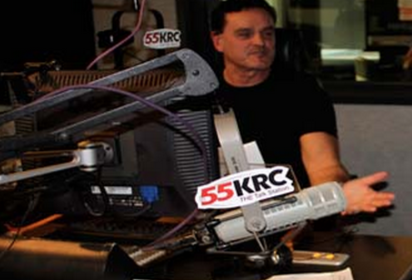
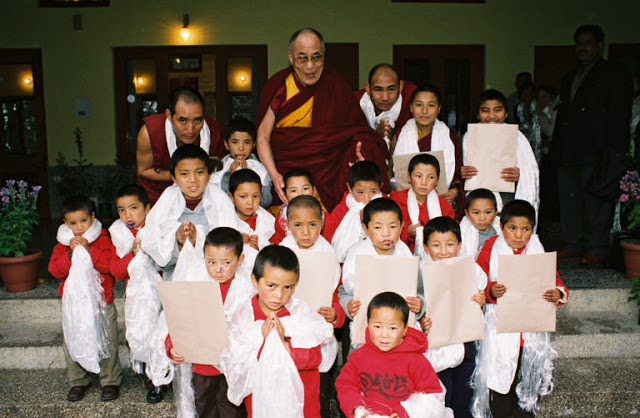

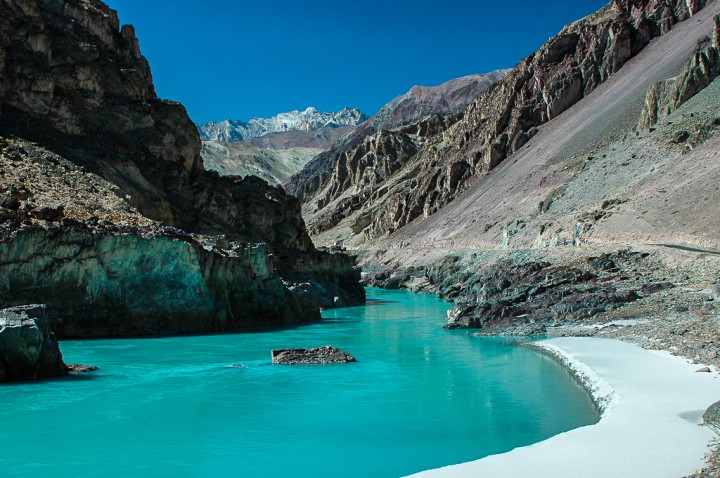
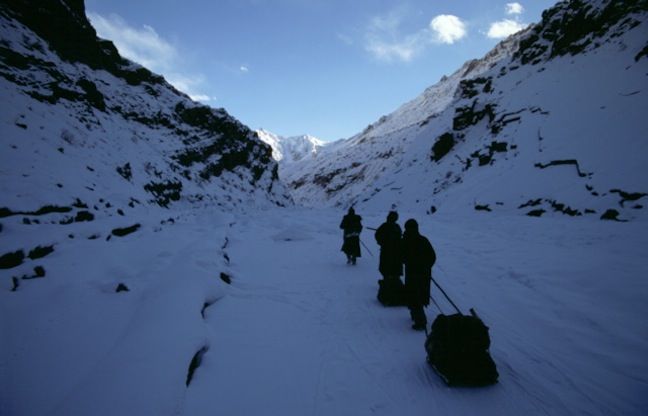
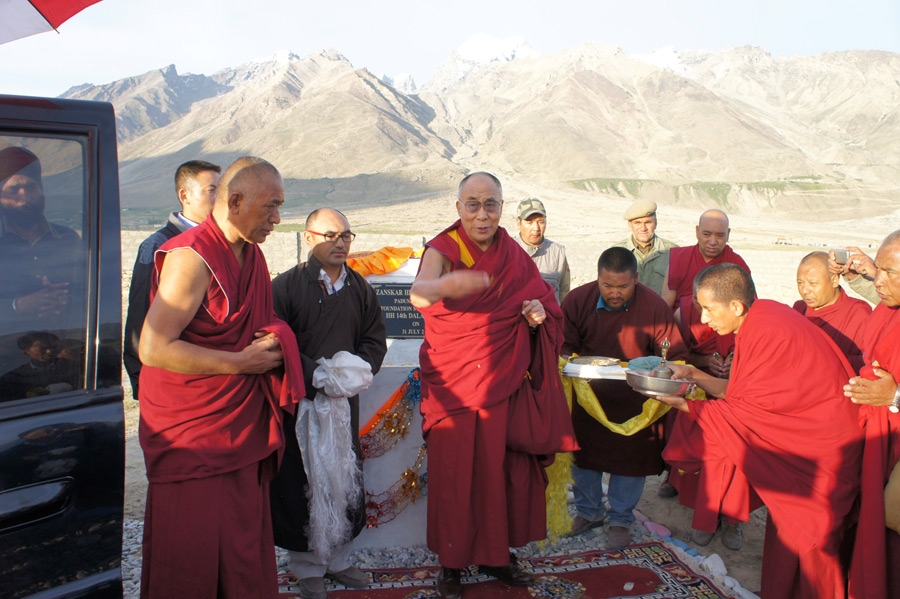



Recent Comments
Lessons Learned from Hollywood STORY Guru Robert McKee